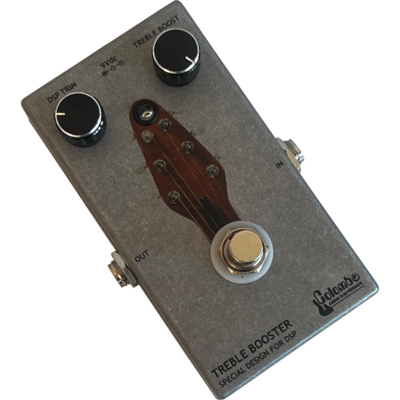- +39 393 323 1175
- info@colomboaudioelectronics.it
- Lun - Ven: 9:00 - 18:30
All audio clips, inspired by David Gilmour works, have been recorded directly to the desk or with a PRS MT-15 head and a 2×12 Celestion Creamback 75 equipped cabinet. The amp is set extremely clean.
Clean sound, no effects.
Clip 1
Signs of life – inspired
Guitar: Stratocaster (EMG pickups)
Amp: none, plugged direct to the DAW
Compress: 3/10
Volume: 7/10
Sustain: 3/10
Volume: 7/10
Clip 2
Shine on you crazy diamond – inspired
Guitar: Fender Stratocaster (Fender pickups)
Amp: none, plugged direct to the DAW
Compress: 5/10
Volume: 8/10
Sustain: 3/10
Volume: 6/10
Clip 3
On the turning away – inspired
Pulse Driver overdrive added
Guitar: Fender Stratocaster (EMG pickups)
Amp: PRS MT-15, clean channel
Compress: 4/10
Volume: 6/10
Sustain: OFF
Volume: OFF
Clip 4
Gilmour tone – inspired
Pulse Driver overdrive added
Guitar: Fender Stratocaster (Fender pickups)
Amp: PRS MT-15, clean channel
Compress: OFF
Volume: OFF
Sustain: 6/10
Volume: 8/10
Surreal Compressor was born after a long sonic analysis of the sound inspiring the project, we are talking about David Gilmour and his unmistakable surreal, psychedelic and evocative guitar phrasings. A tone capable to immerse the listener within the music, just like what happens with Stendhal syndrome, the works of Gilmour and Pink Floyd certainly have this peculiarity in very sensitive listeners.
This project was developed after a careful study and analysis of David Gilmour’s instrumentation over the years, even in the 70s Mr. Gilmour changed his gear very frequently. Pink Floyd music was considered experimental in those years, it was not so uncommon to use the equipment in a very differently way from how it was designed, for example by connecting a pedal backwards (producing a sound similar to the singing of a seagull in “Echoes”) or use amplifiers designed for other instruments to change the voice of their own.
At the time (we are talking about the beginning of the 70s) the quantity of guitar pedals or effects on the market was very limited and in particular the compressors were intended as studio dynamics processors in order to level the peaks or balance the sound intensity . However, MXR launched a pedal called Dyna Comp in 1972, with the aim of offering more simplicity and immediacy to guitarists compared to the use of complex and cumbersome studio equipment, shortly afterwards Dan Armstrong also created the Orange Squeezer, designed to be connected directly to the guitar, a very popular practice in those years (Mark Knopfler is a great exponent). From here on, the compressor began to appear in many pedalboards, used and appreciated by musicians of various kinds.
The controls




